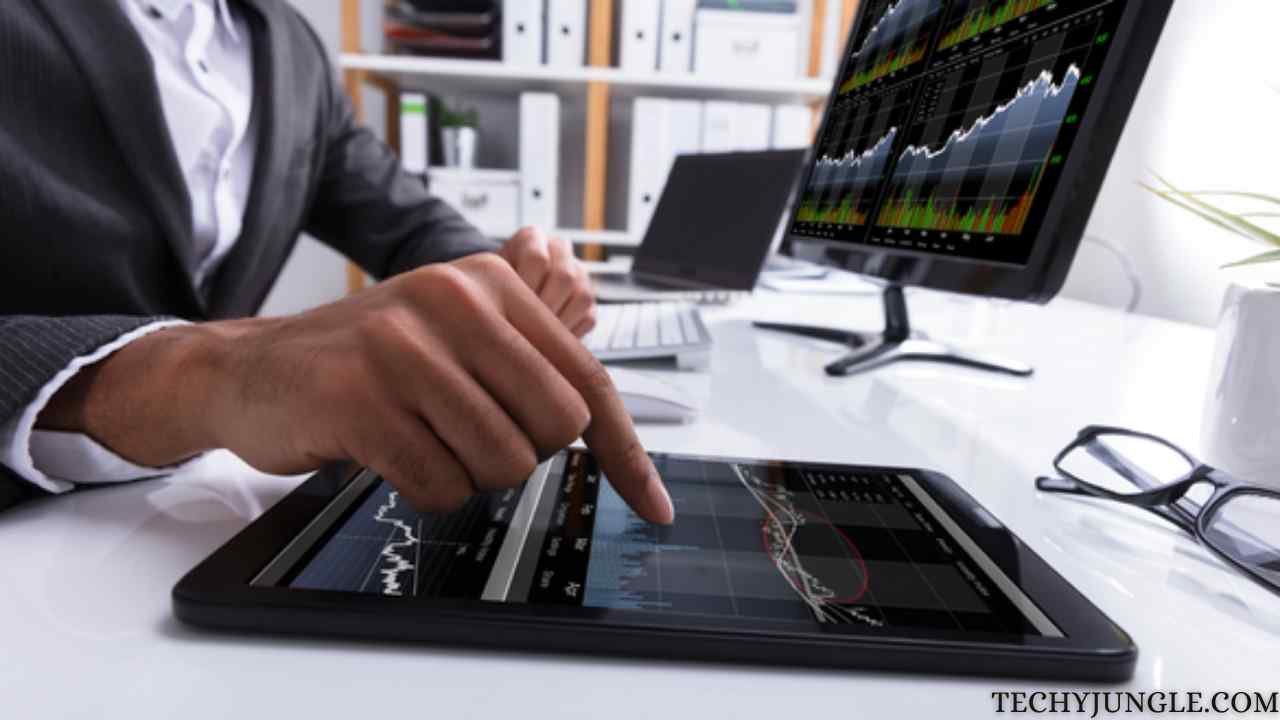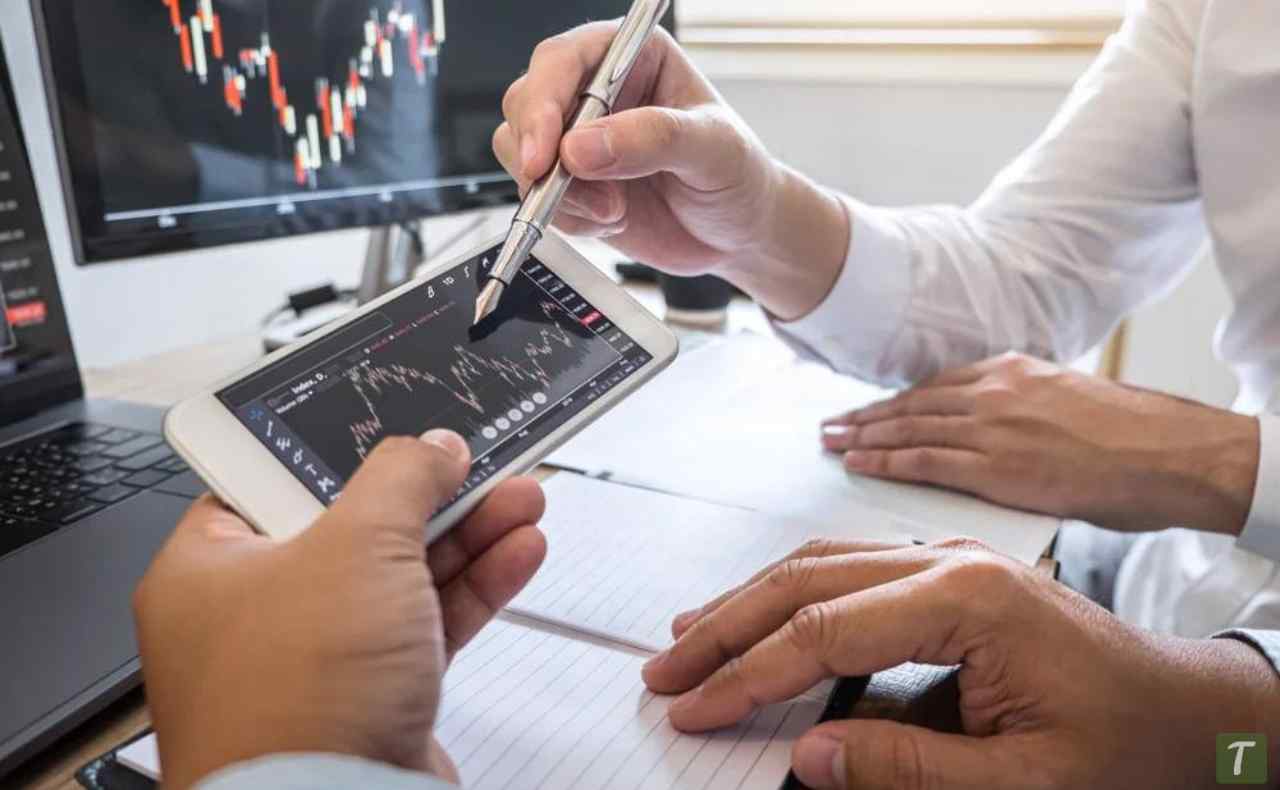In the fast-paced world of financial markets, automated trading has emerged as a key innovation, reshaping how individuals and institutions approach investing and trading. At its core, automated trading involves using computer programs to execute trades according to predefined criteria and without the need for manual intervention.
This comprehensive guide aims to delve into the intricacies of automated trading, exploring its mechanisms, benefits, challenges, and its growing role in the world of cryptocurrency.
Table of Contents
Understanding Automated Trading

Automated trading, also known as algorithmic trading, involves the use of algorithms and computer programs to make trading decisions based on market data analysis. These systems are designed to identify trading opportunities based on technical indicators, statistical analysis, and, in more advanced setups, artificial intelligence and machine learning. The primary goal is to execute trades at optimal times to maximize profits or minimize losses, all done with speed and precision that far surpasses human capabilities.
The Evolution and Impact of Automated Trading
Automated trading has revolutionized the trading landscape. Initially, it was the domain of institutional investors and hedge funds, but with technological advancements, it has become accessible to retail investors as well. This democratization of automated trading tools has opened up new opportunities for individual traders, allowing them to compete more effectively in the global markets.
Automated Crypto Trading: A New Frontier
Automated crypto trading utilizes similar principles and technologies but is tailored to the unique dynamics of the crypto market. These systems can analyze market trends, execute trades based on predefined criteria, and continuously monitor the highly volatile cryptocurrency market. This capability is particularly beneficial in crypto trading, where the market operates 24/7 and is known for its rapid price fluctuations.
How Does Automated Trading Work?
- Algorithm Development: The first step in automated trading is developing the trading algorithm. This algorithm is a set of rules that dictates the trading strategy, including when to buy or sell assets, trade size, and risk management rules.
- Backtesting: Before being deployed, the algorithm is tested on historical market data to evaluate its effectiveness. This process, known as backtesting, helps in refining the strategy and identifying any potential issues.
- Implementation: Once tested, the algorithm is implemented using a trading platform. The platform is connected to a brokerage account, allowing the algorithm to execute trades in the market.
- Monitoring and Optimization: Even after deployment, continuous monitoring is essential to ensure the algorithm performs as expected. Periodic adjustments and optimizations may be necessary to adapt to changing market conditions.
Benefits of Automated Trading
- Speed and Efficiency: Automated systems can process vast amounts of data and execute trades much faster than a human trader.
- Emotionless Trading: By removing emotional decision-making, automated trading can help maintain discipline and stick to a predefined strategy.
- Increased Market Opportunities: Automated systems can monitor and trade multiple markets simultaneously, increasing potential trading opportunities.
- Reduced Transaction Costs: Automated trading can reduce costs by minimizing the impact of human error and executing trades at optimal times.
Challenges and Risks of Automated Trading
- System Failures: Like any technology, automated trading systems are prone to technical glitches and system failures.
- Market Risk: Automated systems, while sophisticated, cannot always predict or adapt to sudden market events or anomalies.
- Over-Optimization: There is a risk of over-optimizing an algorithm to perform well on historical data, which may not translate to future market conditions.
- Regulatory and Security Concerns: Automated trading must comply with regulatory standards, and there are also concerns about data security and potential hacking.
Automated Trading in Cryptocurrency
Automated crypto trading has gained significant popularity due to the crypto market’s volatility and round-the-clock operation. These systems can quickly react to market movements, taking advantage of opportunities that would be impossible for human traders to seize in real-time. However, the same risks and challenges apply, and perhaps even more so given the nascent and less regulated nature of the crypto market.
Choosing an Automated Trading System
- Strategy Alignment: Ensure the system aligns with your trading strategy and goals.
- Reliability and Performance: Look for systems with a proven track record and robust performance.
- Ease of Use: The system should be user-friendly, especially for traders new to automated trading.
- Costs and Fees: Understand all associated costs and fees, including subscription fees and brokerage costs.
- Customer Support and Community: Good customer support and an active user community can be invaluable, especially for resolving issues and sharing strategies.
The Future of Automated Trading
The future of automated trading looks promising, with continuous advancements in AI and machine learning poised to further enhance the capabilities of these systems. As technology evolves, we can expect automated trading systems to become more sophisticated, accessible, and integral to trading strategies across various markets, including cryptocurrencies.
Conclusion
Automated trading represents a significant shift in the world of finance, offering numerous benefits but also posing unique challenges and risks. Whether in traditional markets or the burgeoning field of automated crypto trading, these systems are reshaping the landscape of investment and trading.
For those willing to embrace this technology, it offers the potential for enhanced efficiency, profitability, and strategic trading. However, success in automated trading requires a thorough understanding of the technology, a well-thought-out strategy, and ongoing vigilance to adapt to the ever-changing market dynamics.









